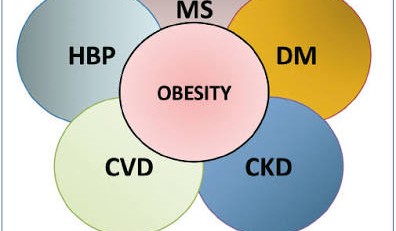Effects Of Cooking On Omega 3 In Fish!
How To Cook Fish To Retain Omega 3!
Many people know that sea fish are the richest source of the sea source omega 3 fatty acids, the EPA and the DHA, in our food and that they protect us against coronary heart disease.
Many of them eat enough sea fish to get adequate omega 3.
But do they actually get the omega 3 from the fish?
Mostly not, because they don’t prepare their food the right way! Most people fry and eat it.
Let us see the effects of various kinds of cooking on the omega 3 content of fish.
The effects of the various kind of preparations of fish have been studied in two studies in India and Greece. Although more studies are needed, the findings of the two studies make the effect of cooking on omega 3 clear enough for us.
In general, lesser the heat and the duration of cooking, better the cooking process and greater the heat and the duration of cooking, worse the cooking process for retaining the omega 3 in fish.
Frying: Shallow frying of fish in a skillet or a pan, or deep frying exposes the omega 3 to high temperatures, destroying as much as 70 to 85 per cent of omega 3. Frying completely changes the fatty acid profile of the fish, so it doesn’t resemble the original profile at all!
Canning: Canning completely destroys the omega 3 in fish.
Tandoor cooking of fish too exposes it to very high temperatures, destroying much of the omega 3 in fish.
Microwave cooking: Many consider microwave cooking as a bad cooking practice, but it has been found to retain much of the omega 3 as microwave cooking is done at a lower temperature. The lesser the microwave power used and shorter the time of cooking, the better.
Cooking and baking: Cooking fish by boiling like in preparing fish curries or baking at 200°C for 20 minutes retains most of the omega 3, keeping its EPA and DHA content intact.
Steaming of fish in special steaming pots is also a good cooking method that helps retain most of the omega 3 in fish. Patra fish, a Parsee delicacy in which fish is steamed in banana leaves is a healthy preparation.
Smoking: Smoked fish does retain the omega 3 content of fish, but smoking fish is not a common practice in India. We get to eat smoked salmon in five-star hotels only, to the best of knowledge, and it is imported.
The commonest preparations of fish in India are frying and cooking in gravies. So the people who fry and eat fish, get minimum benefits of the fish omega 3 while those who cook it in gravies get the maximum benefits of the fish omega 3.
The key to keeping the healthy omega 3 in your sea fish intact on cooking appears to be cooking it at a lower temperature than about 200 degrees and cooking it quickly in about 20 minutes, may even be at a lower temperature if for a little longer time frame.
Higher temperatures and longer cooking time completely alters the chemical structure of the fatty acids in the fish so it doesn’t resemble the original chemical structure of the fish lipids. High heat also helps develop the very harmful trans fatty acids and some other toxic substances in fish.
So eating fish prepared by boiling, steaming or cooking it in gravies or baking or microwave cooking it, at low temperature and shorter time, is the better way of eating fish than frying or cooking it in tandoor or eating canned fish.
Also, read the articles ‘Basics Of Nutrition’, ‘The Good And The Bad Fats’ and ‘Omega 3 Fatty Acids‘ on this website.

















Leave a Reply